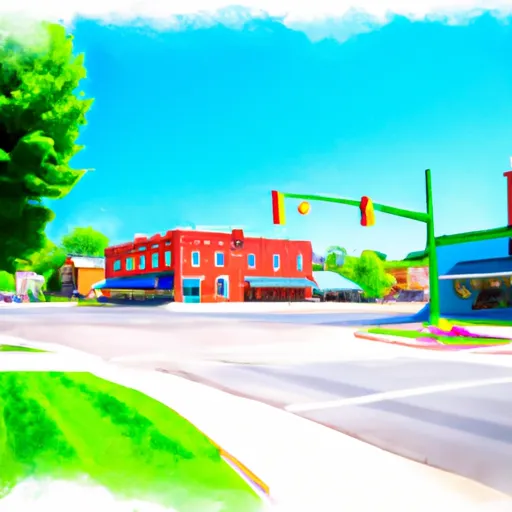°F
°F
mph
Windspeed
%
Humidity











Mishicot is a charming village located in Manitowoc County, Wisconsin. The climate in Mishicot is typically characterized by warm summers and cold winters. Summers are mild with average temperatures ranging from 70 to 80 degrees Fahrenheit, while winters can be quite cold with temperatures averaging between 20 and 30 degrees Fahrenheit. The area experiences snowfall during the winter months, creating a picturesque winter wonderland.
Mishicot is situated near the scenic Mishicot River, which adds to the village's natural beauty. The hydrology constituents in the area mainly revolve around the river, which provides opportunities for fishing, kayaking, and canoeing. The river is home to a variety of fish, including trout, salmon, and catfish, making it a popular spot for anglers.
In addition to water activities, Mishicot offers various outdoor recreation opportunities. The village boasts several parks and trails, perfect for hiking, biking, and picnicking. Visitors can explore the scenic countryside and enjoy breathtaking views of the surrounding landscape.
Overall, Mishicot, Wisconsin presents a pleasant climate, picturesque hydrology constituents, and an array of outdoor recreation opportunities for nature enthusiasts to enjoy.
Weather Forecast
Mishicot receives approximately 786mm of rain per year, with humidity levels near 83% and air temperatures averaging around 8°C. Mishicot has a plant hardyness factor of 5, meaning plants and agriculture in this region thrive during a short period during spring and early summer. Most plants will die off during the colder winter months.
Regional Streamflow Levels
3
Cubic Feet Per Second
17
Cubic Feet Per Second
1
Cubic Feet Per Second
2
Cubic Feet Per Second
Nearby Camping
| Camping Area | Reservations | Toilets | Showers |
|---|---|---|---|
| Rossport - Rainbow Falls Provincial Park | |||
| Kickapoo State Park | |||
| Robinson City Park | |||
| Mill Creek Park | |||
| Paris City Park | |||
| Cayuga Park Campground |



